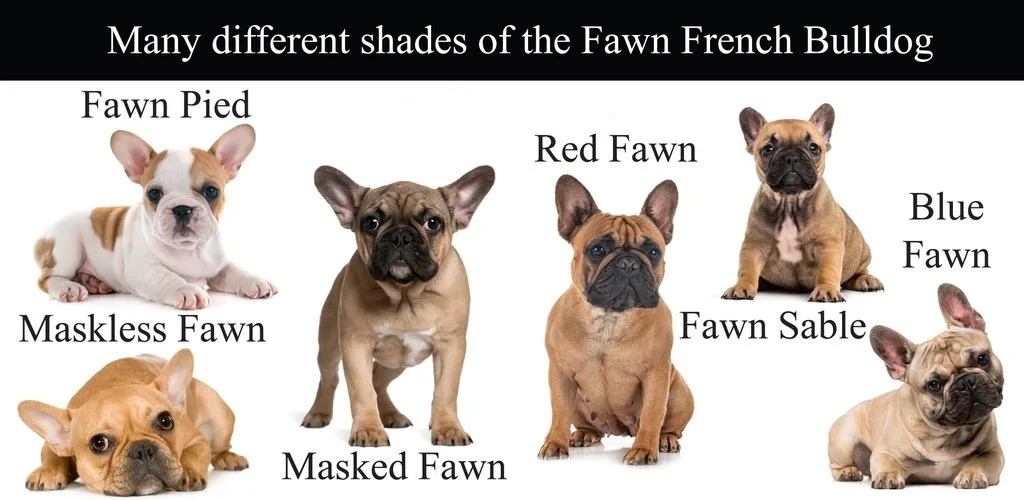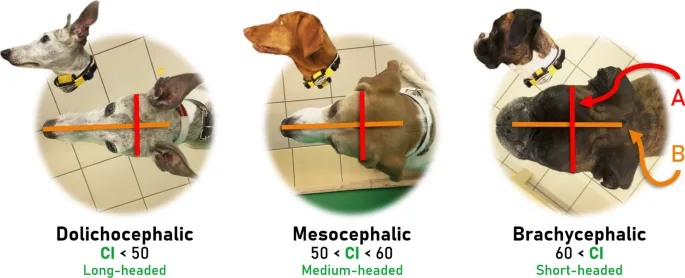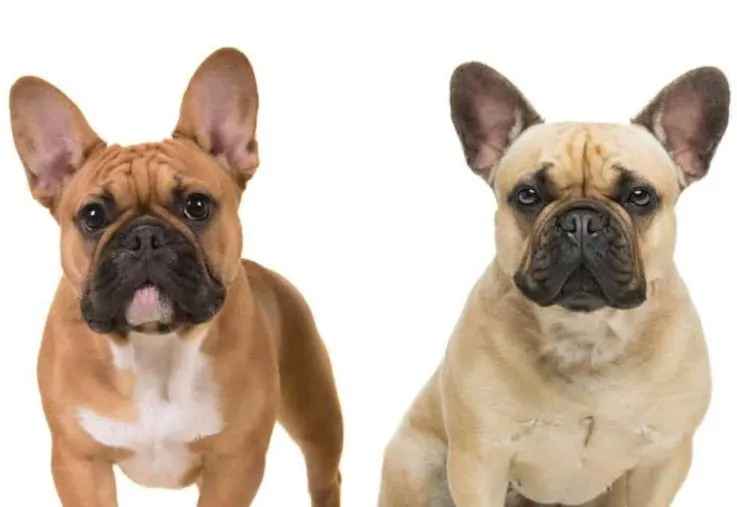The French Bulldog is the second most popular dog breed in the world. And for good reason. These dogs are smart, loving and look adorable! They also come in many different colors. One of the more traditional colors is the Fawn French Bulldog.
The Fawn Frenchie is loved by everyone and it’s the classic color. But did you know that there are different types of fawn Frenchies?
All of those Frenchies have different characteristics that you’ll now learn about.

Fawn French Bulldog
The French Bulldog is a small dog. They are muscular dogs with short coats. Usually, they are between 11 and 13 inches tall and weigh between 16 and 28 pounds. They are fun and loving. So they make good family dogs.
The Frenchie can have many colors. But, not all of them are recognized by the AKC. In fact, the American Kennel Club recognizes 11 colors of the Frenchie:
- Fawn
- Fawn & White
- Brindle Fawn
- White & Fawn
- Fawn Brindle & White
- White
- Brindle
- Brindle & White
- White & Brindle
- Cream
- Cream & White
As you can see at the top of the list is the fawn Frenchie. But there are more colors, for example:
- Blue Fawn French Bulldog and its health issues
- Lilac French Bulldog or the Isabella Frenchie
- Brindle French Bulldog: The dog with tiger stripes
- Merle French Bulldog: The unusual Frenchie
And even among these colors, we have different types. The color we care about right now is the fawn color.
Different shades of fawn
There are many different shades of the fawn Frenchie.
The most common is the Masked Fawn. Their coat color can range from cream and light tan to a dark red color. What distinguishes them from other Frenchies is that they have a black mask. So, the fur on a dog’s face. So, their muzzle, the area around their eyes, their forehead, and ears have a blue color to them. Their eyes can be light brown, blue, or green. This is also the most popular color of Frenchies that is registered at the AKC.
Secondly, we have the Blue Fawn French Bulldog. They look just like the above-mentioned masked Frenchie, but the only difference is that their mask is not black, but blue/grey. These French Bulldogs carry a recessive gene that dilutes their black color into a grey color. They also have lighter eyes. Their eyes can be light brown, blue, or green.

Thirdly we have the Fawn Sable French Bulldog. This Frenchie color is considered to be very rare. Sable Frenchies also look like the masked fawn but they also have darker black hairs and black-tipped hairs covering throughout the coat. This Frenchie color is also not allowed by the AKC.
Next, we have the Maskless Fawn French Bulldog. This Frenchie is fawn-colored but they don’t have a mask. They are only one color. Their coat color can range from cream, light tan to dark red. Some people confuse them with a cream French Bulldog.
Lastly, we can’t forget about the Red Fawn French Bulldog either. Their color can range from light red to dark red and they also have that black mask. This coat color is very rare but they are not accepted by the AKC.
Health problems
Whenever we talk about French Bulldogs, we also have to talk about their health.
French Bulldogs are not the healthiest breed out there. In fact, because they are a Brachycephalic dog breed, they can have even more health problems than other breeds.
Brachycephalic means “short-headed” which means their nose is shorter than it should be.

This is why they are prone to difficult, obstructive breathing. This condition is also called Brachycephalic Obstructive Airway Syndrome.
But, Frenchies can have many other health problems than just issues with breathing:
- Allergies – Frenchies can have different types of allergies. For example, diet allergies (because of food), contact allergies (because of shampoos or other chemicals), inhalant allergies (pollen, dust, mildew), or skin allergies.
- Canine Follicular Dysplasia – when hair structure molecules are malfunctioning and behaving abnormally This causes alopecia or hair loss
- Hermivertebrae – malformation for one on more vertebrae can cause pressure on the spinal cord leading towards pain, paralysis, and weakness.
- Elbow Dysplasia and Hip Dysplasia – a condition where the “ball and socket” joint of the hip does not properly form in puppies
- Eye issues – this is because they have suc big eyes and because they protrude so much
- Intervertebral Disc Disease (IVDD) – when the disc in a dog’s spinal cord ruptures or herniates and pushes upward into the spinal cord. This condition is serious because it can lead to paralysis

